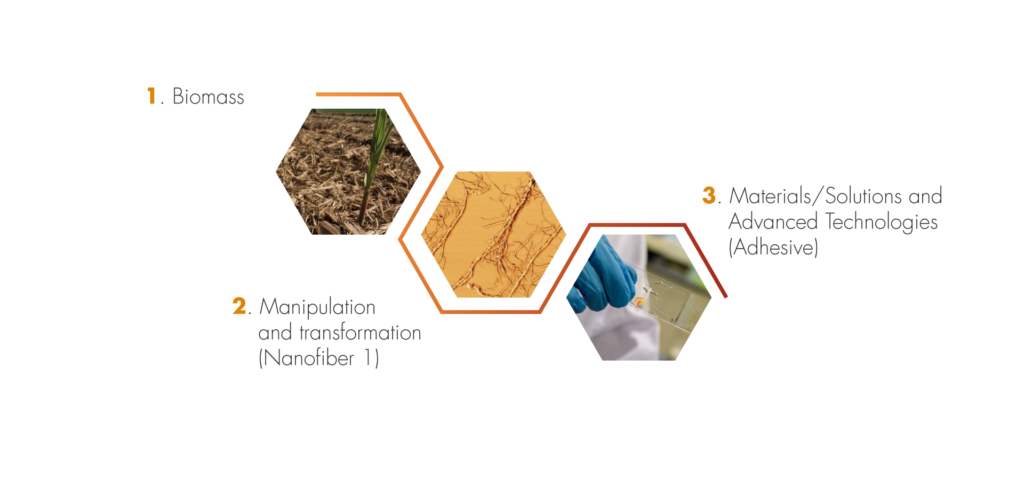One of the great scientific challenges today is the generation of chemical-free technologies capable of causing damage to human health and the environment. Thus, the replacement of petroleum-derived inputs by renewable resources and the use of green methods for the synthesis of materials have become a central theme for a more sustainable future.
In this context, cellulose extracted from biomass is an excellent material for innovation. It is abundant in nature, renewable, of low toxicity and with countless possibilities for practical use, involving existing technologies and also enabling the development of new technologies.
Recently, interest in using cellulose in the production of functional materials has resurfaced; now, however, with a special look at the nanometer scale. For example, cellulose nanoparticles can be combined with other nanomaterials (graphene, inorganic nanoparticles, latex), organic molecules and biopolymers, thus providing new functionalities for very diverse applications such as: sensors and devices, colloidal stabilizers, adhesives, polymeric composites and materials for environmental remediation.
LNNano’s Environment Program is focused on researching the development of advanced materials that are environmentally friendly from their production to their disposal.
As a succinct way to express the challenge of this program, we highlight the key question to be answered:
“How to control molecular forces and synthesis methods to build advanced and environmentally friendly materials from biomass and nanosystems?”
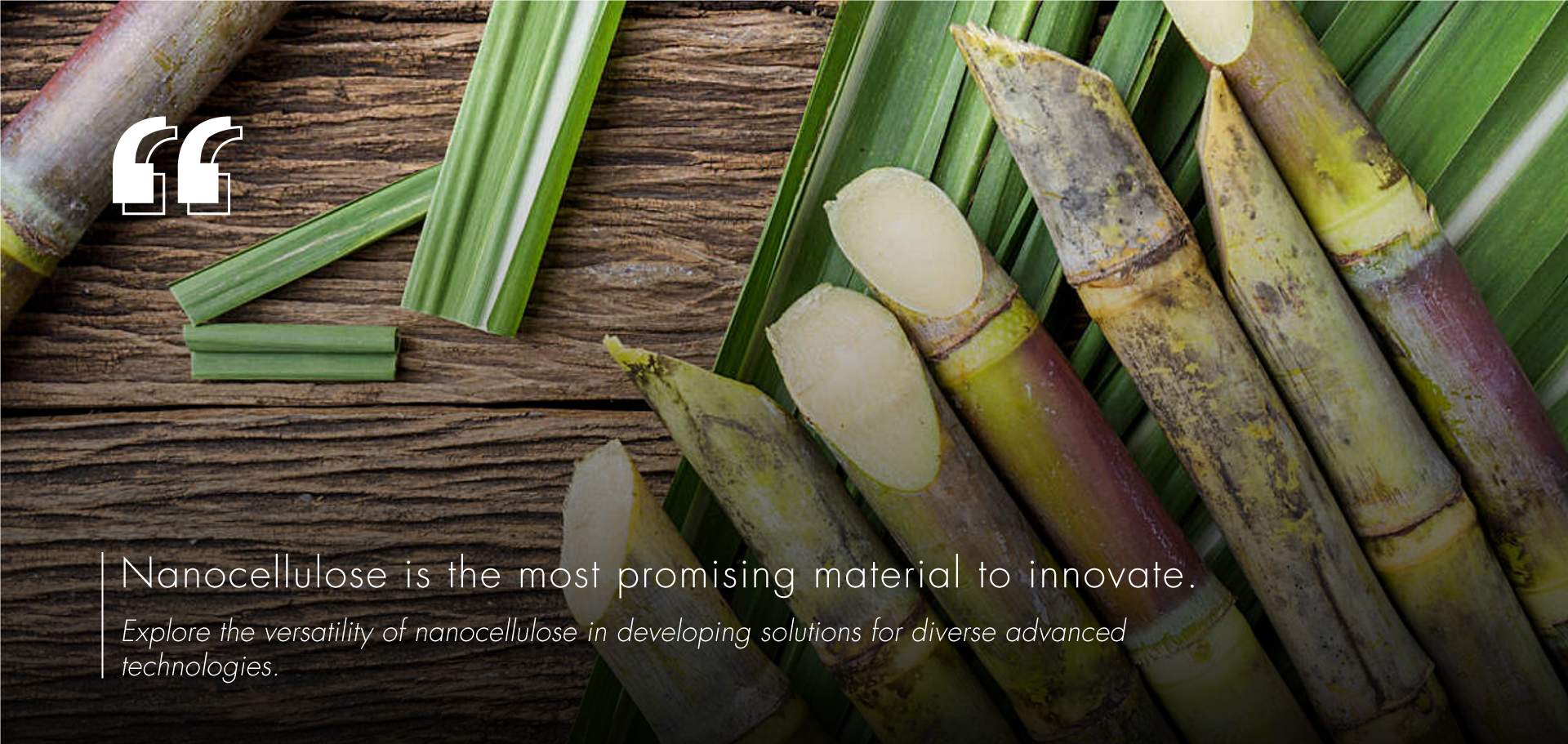
 Projects
Projects
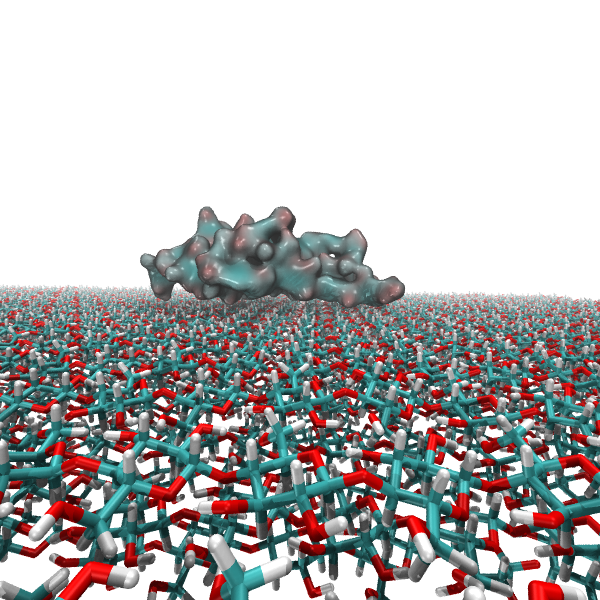
Computational Simulation
Electronic and structural properties of cellulosic materials.
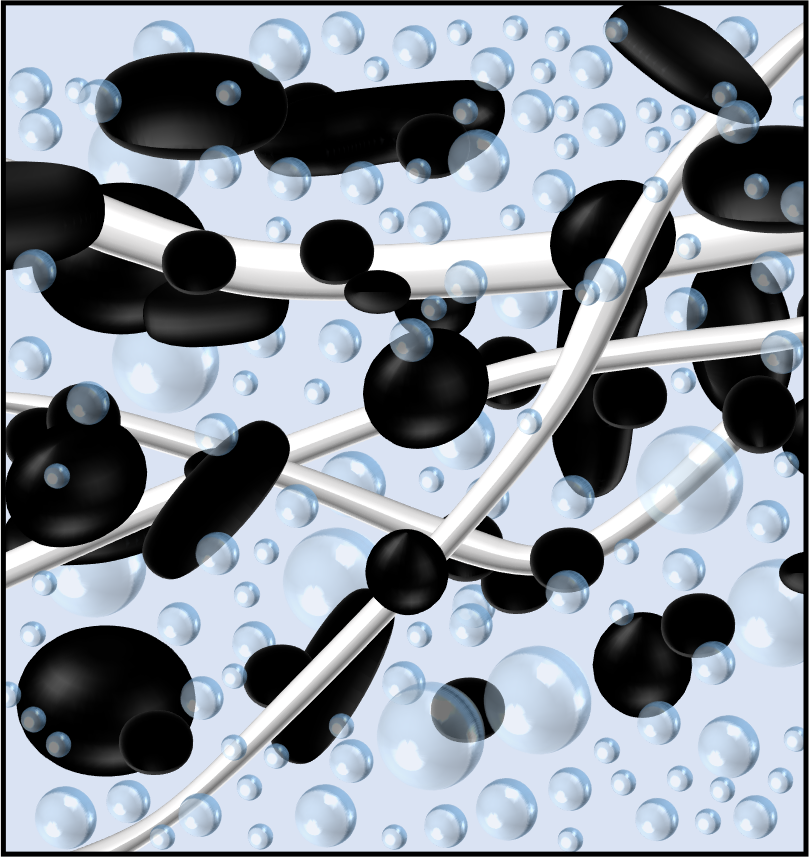
Nanofabrication
Devices from biorenewable materials for various applications.
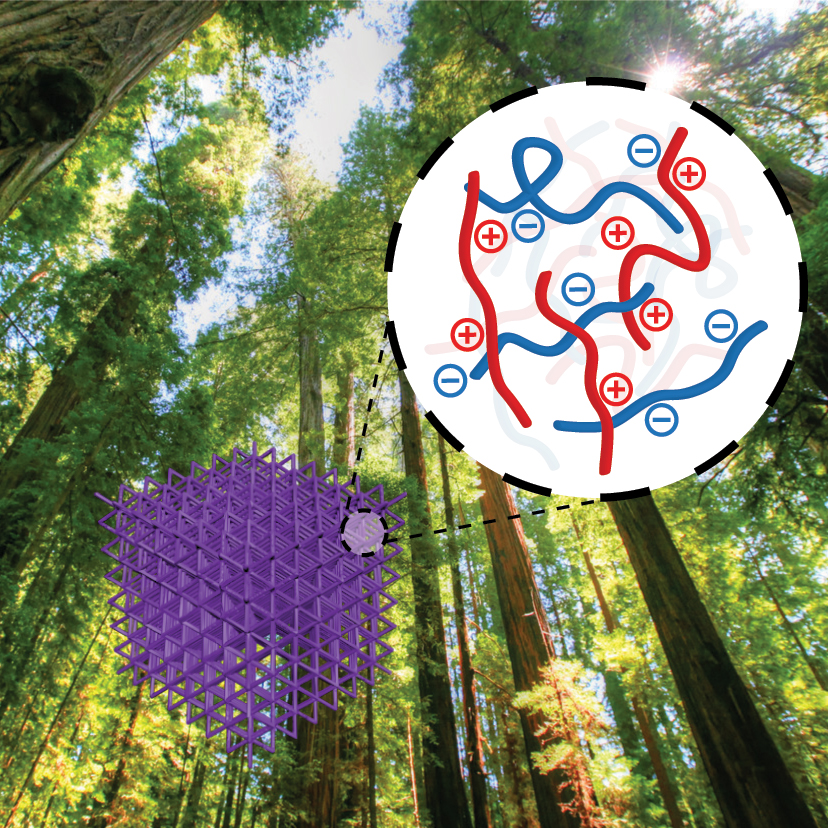
Supramolecular self-association
Aggregation of nanofibers in colloidal systems to obtain advanced materials.

Environmental remediation
Advanced nanocellulose materials obtained through interfacial electrostatic complexation.
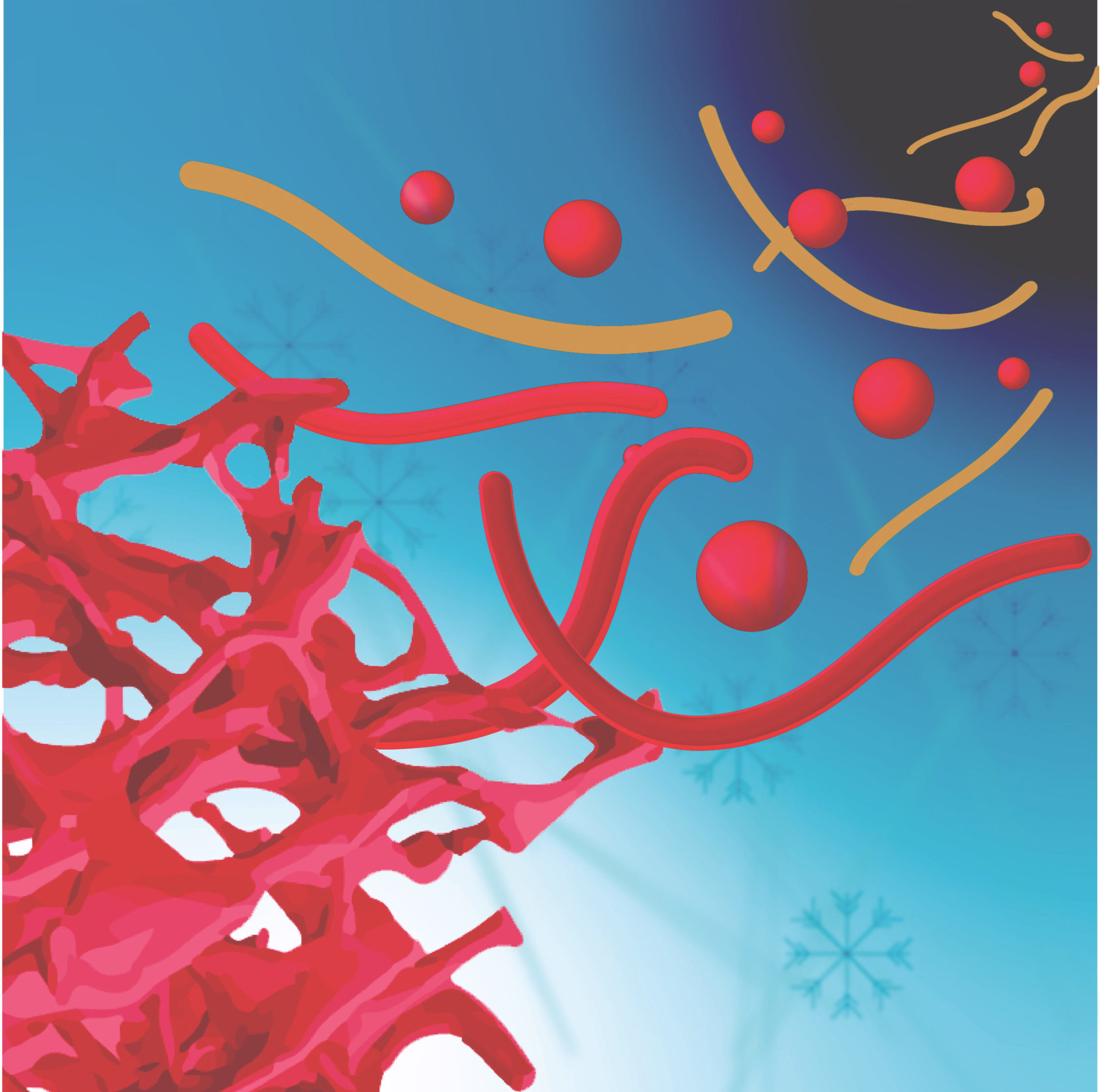
Composites
Nanocellulose-based polymeric materials.
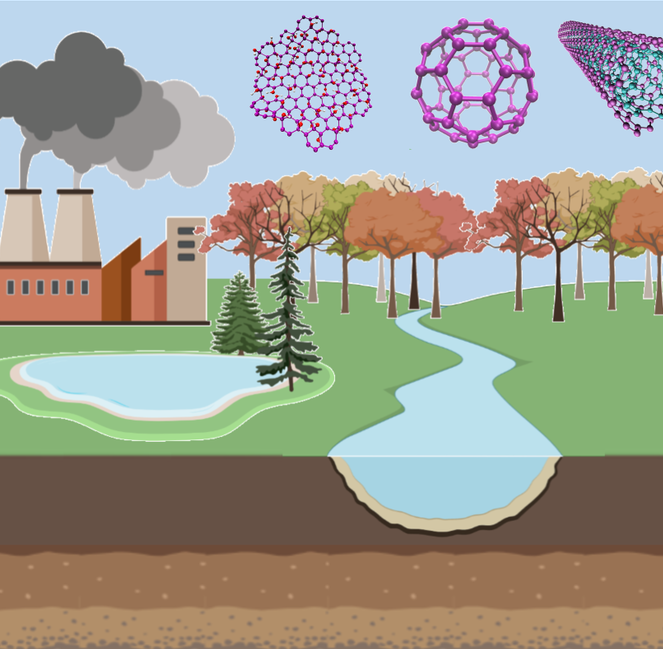
Nanomaterials in the environment
Transformations, toxicity and nanoinformatics for international harmonization.



